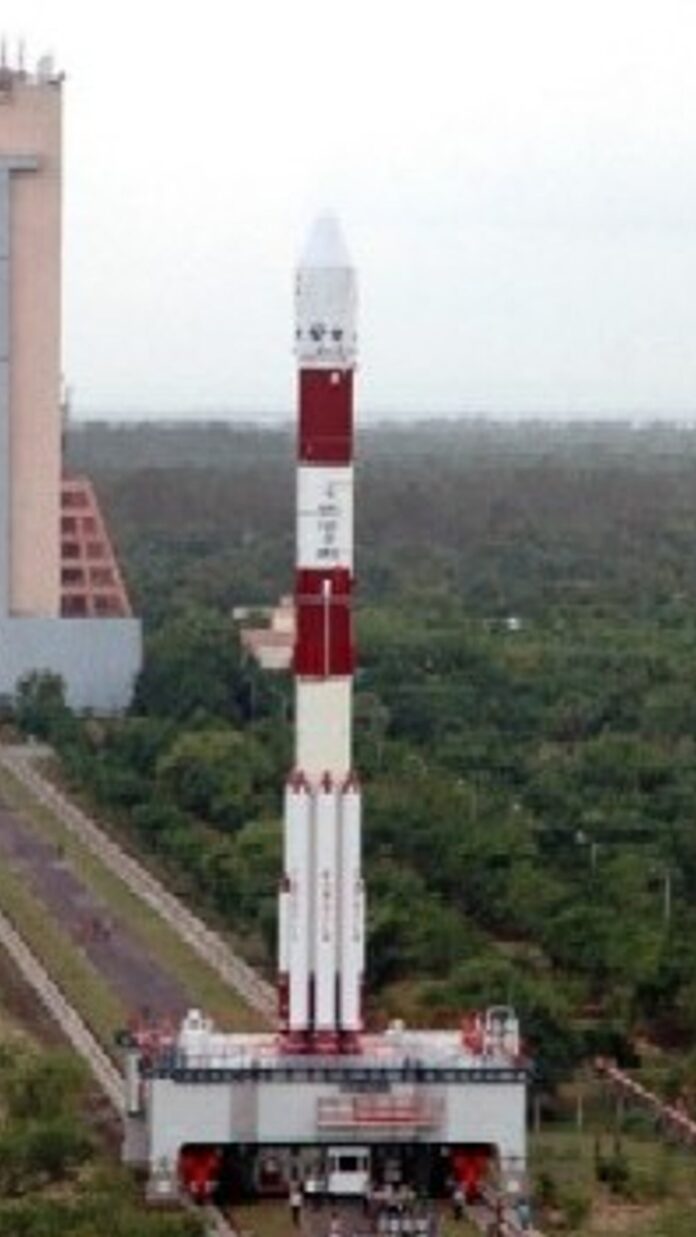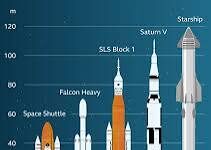Introduction:
Chandrayaan, which translates to “Mooncraft” in Sanskrit, represents India’s remarkable venture into lunar exploration. Launched by the Indian Space Research Organisation (ISRO) . Chandrayaan-1 was an ambitious mission undertaken by the Indian Space Research Organisation (ISRO), which marked India’s maiden foray into lunar exploration. It was launched on October 22, 2008, this lunar orbiter aimed to explore the Moon’s surface, discover water molecules, and conduct various experiments to advance our understanding of Earth’s celestial neighbor. Chandrayaan-1 represented a significant milestone for India’s space program, showcasing the nation’s technological capabilities and determination to venture into the cosmos. This mission marked a pivotal moment in India’s space program, showcasing the nation’s technological prowess and fostering aspirations for future interplanetary endeavors.
Mission Objectives:
The primary objectives of Chandrayaan-1 were twofold: scientific and technological. On the scientific front, the mission aimed to map the Moon’s surface, analyze its mineral composition, and discover the presence of water molecules or ice at the lunar poles. These discoveries would provide crucial insights into the Moon’s formation, evolution, and its role in the early history of our solar system.
Technologically, Chandrayaan-1 aimed to demonstrate India’s capabilities in space exploration, particularly in interplanetary travel, lunar orbit insertion, and remote sensing. Additionally, the mission aimed to develop indigenous technologies, fostering self-reliance in the nation’s space endeavors.
Launch and Journey to the Moon:
Chandrayaan-1 was launched aboard a Polar Satellite Launch Vehicle (PSLV-C11) from the Satish Dhawan Space Centre in Sriharikota, India. The launch marked a significant achievement for ISRO, as it successfully placed the spacecraft into an elliptical transfer orbit around Earth.
The spacecraft then executed a series of carefully planned orbital maneuvers to gradually increase its altitude and escape the Earth’s gravitational pull. On November 8, 2008, Chandrayaan-1 performed a lunar orbit insertion maneuver, which involved firing its engines to slow down and allow the Moon’s gravity to capture it into lunar orbit.
Scientific Payload:
Chandrayaan-1 carried a suite of scientific instruments to achieve its objectives. Some of the key payloads included:
- Terrain Mapping Camera (TMC): TMC was designed to capture high-resolution, three-dimensional images of the Moon’s surface. These images enabled scientists to study the topography and geological features in detail.
- Hyper Spectral Imager (HySI): HySI provided data on the Moon’s mineral composition by measuring reflected sunlight across various wavelengths.
- Lunar Laser Ranging Instrument (LLRI): LLRI aimed to precisely measure the distance between the spacecraft and the lunar surface using laser pulses, enabling accurate mapping of the Moon’s gravitational field.
- Moon Mineralogy Mapper (M3): M3 was a collaboration with NASA and was instrumental in detecting the presence of water molecules and minerals on the Moon’s surface.
- Miniature Synthetic Aperture Radar (Mini-SAR): Mini-SAR was designed to map the permanently shadowed regions of the lunar poles, where water ice was expected to be present.
Discoveries and Scientific Contributions:
Chandrayaan-1’s mission yielded remarkable achievements and significant scientific contributions. One of its most significant discoveries was the confirmation of water molecules on the Moon’s surface. The Moon Mineralogy Mapper (M3) detected the presence of hydroxyl and water molecules, particularly near the lunar poles, suggesting the existence of water ice in the perpetually shadowed regions.
The mission also provided invaluable data on the Moon’s geology, topography, and mineralogy, enhancing our understanding of the Moon’s formation and evolution. This data has been crucial for future lunar exploration missions, including plans for human colonization and resource utilization.
Additionally, Chandrayaan-1 successfully demonstrated India’s capability in navigating and controlling a spacecraft on an interplanetary trajectory, further solidifying the nation’s position in the global space community.
Moreover, Chandrayaan-1’s successful execution demonstrated India’s technological prowess in space exploration, leading to greater international recognition and collaboration opportunities with other space agencies.
End of the Mission:
Chandrayaan-1’s mission came to an untimely end on August 29, 2009, when ISRO lost communication with the spacecraft. It was later confirmed that the craft had suffered from overheating due to issues with the power system. Despite the premature end, the mission was deemed a resounding success, having achieved its major scientific and technological objectives.
Outcomes of Chandrayaan-1
- Discovery of Water Molecules: One of the most significant achievements of Chandrayaan-1 was the discovery of water molecules on the Moon’s surface. The Moon Mineralogy Mapper (M3), a scientific payload onboard the spacecraft, detected the presence of hydroxyl and water molecules in the form of ice in the permanently shadowed regions near the lunar poles. This finding was groundbreaking as it provided strong evidence of water on the Moon, which has important implications for future lunar missions, including potential human settlement and resource utilization.
- High-Resolution Mapping of Lunar Surface: Chandrayaan-1 was equipped with advanced scientific instruments, including the Terrain Mapping Camera (TMC), which captured high-resolution images of the Moon’s surface. The data obtained from TMC allowed scientists to create detailed topographic maps of the lunar terrain, revealing new insights into the Moon’s geology and surface features.
- Lunar Mineralogical Mapping: The Hyper Spectral Imager (HySI) aboard Chandrayaan-1 provided valuable data on the mineral composition of the lunar surface. By analyzing the reflected sunlight across various wavelengths, HySI helped researchers identify and map different minerals on the Moon, contributing to our understanding of its geological history.
- Confirmation of Lunar Polar Regions: The Miniature Synthetic Aperture Radar (Mini-SAR) successfully mapped the lunar polar regions, particularly the permanently shadowed craters where sunlight never reaches. These regions are of great interest to scientists as they are thought to contain water ice, which could be a valuable resource for future lunar exploration missions.
- Technological Demonstration: Chandrayaan-1 served as a crucial technological demonstration for India’s space program. The successful launch, lunar orbit insertion, and operation of the spacecraft showcased India’s capabilities in space exploration and provided valuable experience for future interplanetary missions.
Conclusion:
Chandrayaan-1 was a landmark mission for India, showcasing the nation’s capabilities in space exploration and elevating ISRO’s status in the global space community. The mission’s discoveries, particularly the detection of water molecules on the Moon, have significantly contributed to our understanding of lunar science and its potential for future lunar missions, including manned exploration. Chandrayaan-1’s success laid the foundation for subsequent lunar missions by India and further strengthened the nation’s resolve to explore the cosmos for the betterment of humankind.
Also Read: Amazon’s Bedrock: Redefining Generative AI with Llama 2 Integration










